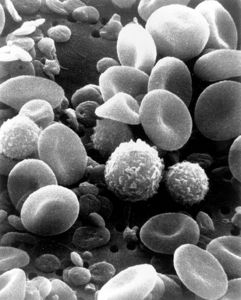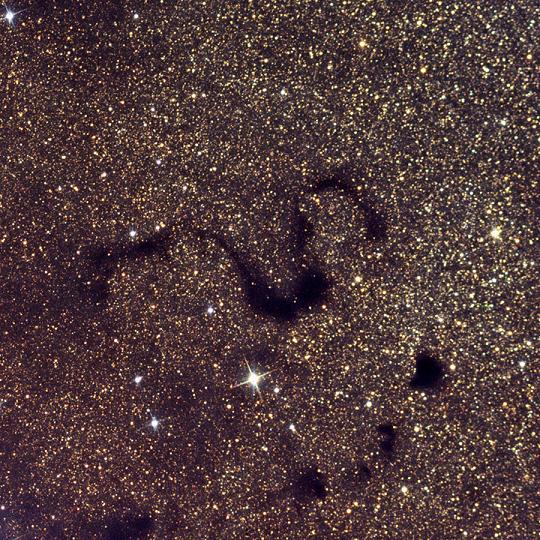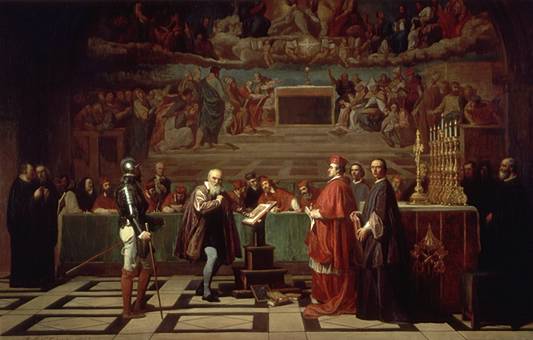
“We can look high or we can look low in books or in journals, but the
result is the same. The scientific literature has no answers to the
question of the origin of the immune system.”
However, science does in fact have clues as to the origins of this miraculous means of defense that keeps our bodies safe from harmful pathogens and, in rare cases, allows helpful viruses and bacteria in to help produce beneficial adaptations.
The agent that first began the evolution of our immune systems was most likely a mobile genetic element called a transposon. The movement of this transposon led to our ability to encode RAG1 and RAG2, the genes that allow our immune system to quickly adapt to any new threat it faces. Ironically, this special transposon, most likely introduced by an infectious agent, led to our ability to deal with future invasions by pathogens.
While the mystery is far from solved, this new information sheds imporant light on the origins of this valuable gift from God.
Subscribers to Science Magazine can read even more about the evolution of the immune system in the May 2009 issue. The magazine is free to members of the American Association for the Advancement of Science.

